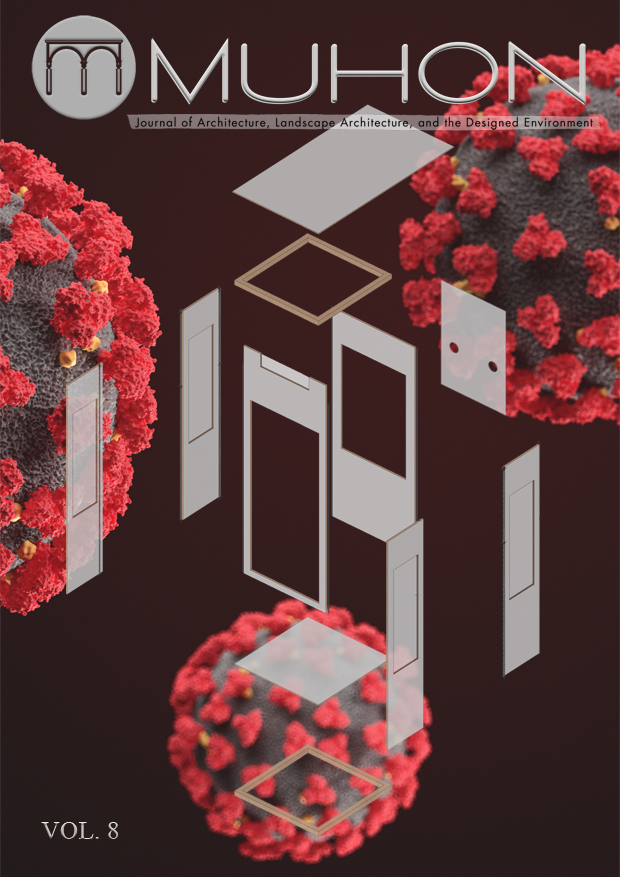Developing an Automated Philippine National Building Code Compliance Check for R-1 Projects in BIM Using Visual Programming
Abstract
The construction industry is inefficient and has plenty of communication and coordination issues that can lead to an increase of 20–25 percent on project delivery costs (Allen & Shakantu, 2016). The design process is tedious and filled with revisions. The issue of code compliance amidst these changes and revisions further complicates the process. Code compliance checking can be cumbersome. This is mainly because most designers check 2D text and documents manually, which is very error-prone. Building Information Modeling or BIM is a 3D parametric-based methodology that is now being used by around a third of the construction industry in the Philippines (ASEP, 2013). It is strongly being used by other countries and has a high adoption rate worldwide (Kalfa, 2018). Programming and visual programming further enhances the capability of BIM to automate tasks and manipulate data. This can be used to create an actual automated code compliance check tool to address issues of compliance with building standards. The purpose of this study was to create an automated code compliance checker of the National Building Code of the Philippines for R-1 projects. The results for the automated code check were then compared with the results of the manual code check of the 2D documents of the projects, to evaluate if the developed automated code compliance checker was accurate, efficient, and feasible. The results showed that the percentage discrepancies between the two forms of code checks did not exceed 6 percent, most of which were from human modeling errors. Moreover, the automated code check took approximately five minutes per project compared to the manual code check that took approximately one hour. The developed automated code compliance checker is usable at its current state and it has potential for improvement in the future.
Keywords: BIM, Visual Programming, Compliance Check, Building Code, Automated.
The copyright for the published work belongs to UPCA and its selected publisher. The contributor is free to publish a modified version of the same article in other publications.
The contributor guarantees that :
- the article does not infringe on the copyright or any proprietary right of any other person
- the article contains no libelous or other unlawful matter
- the article makes no improper invasion of the privacy of any other person.





